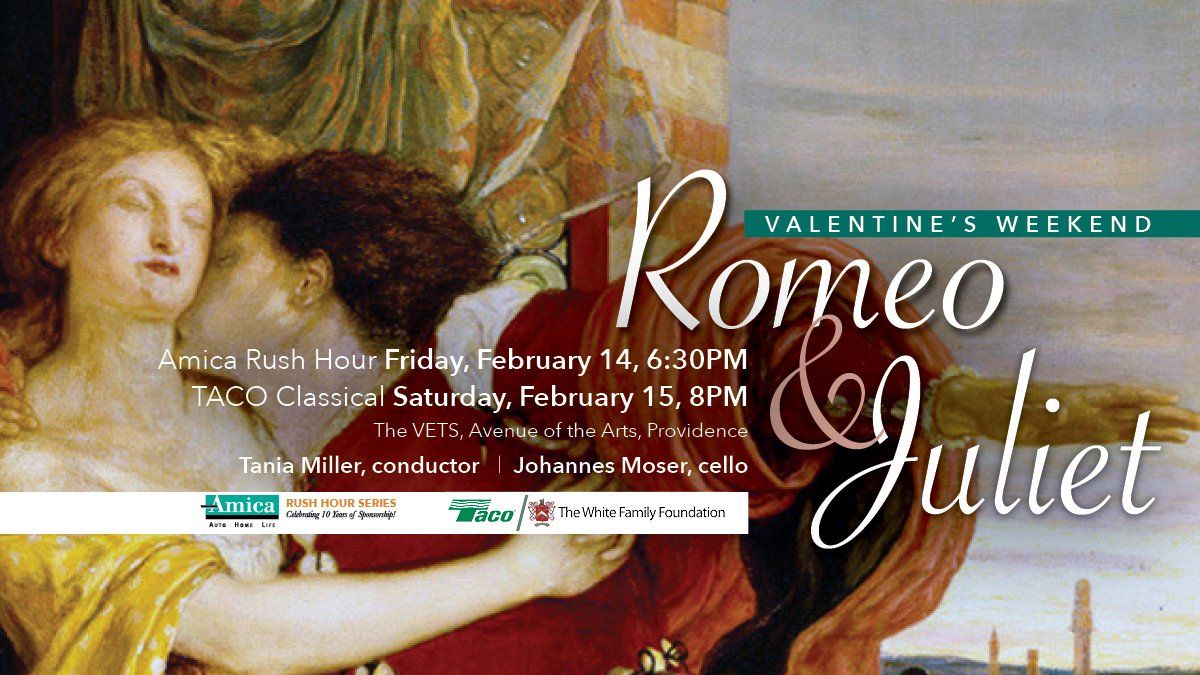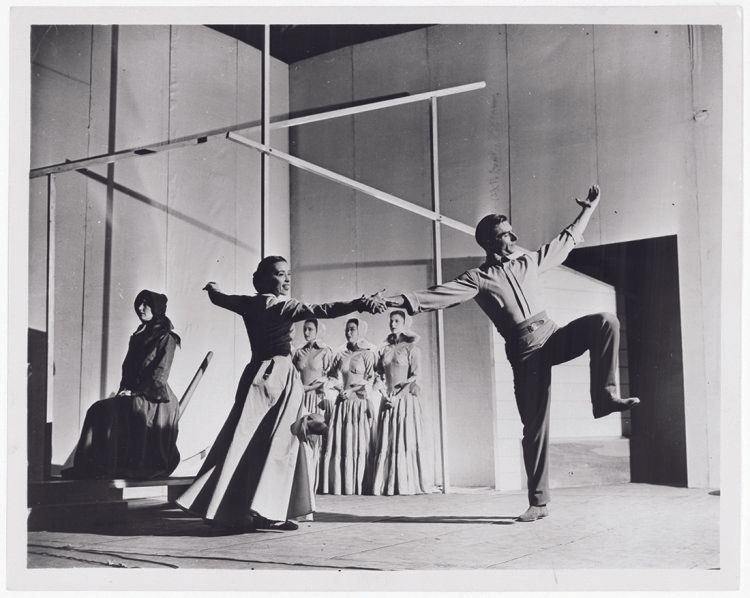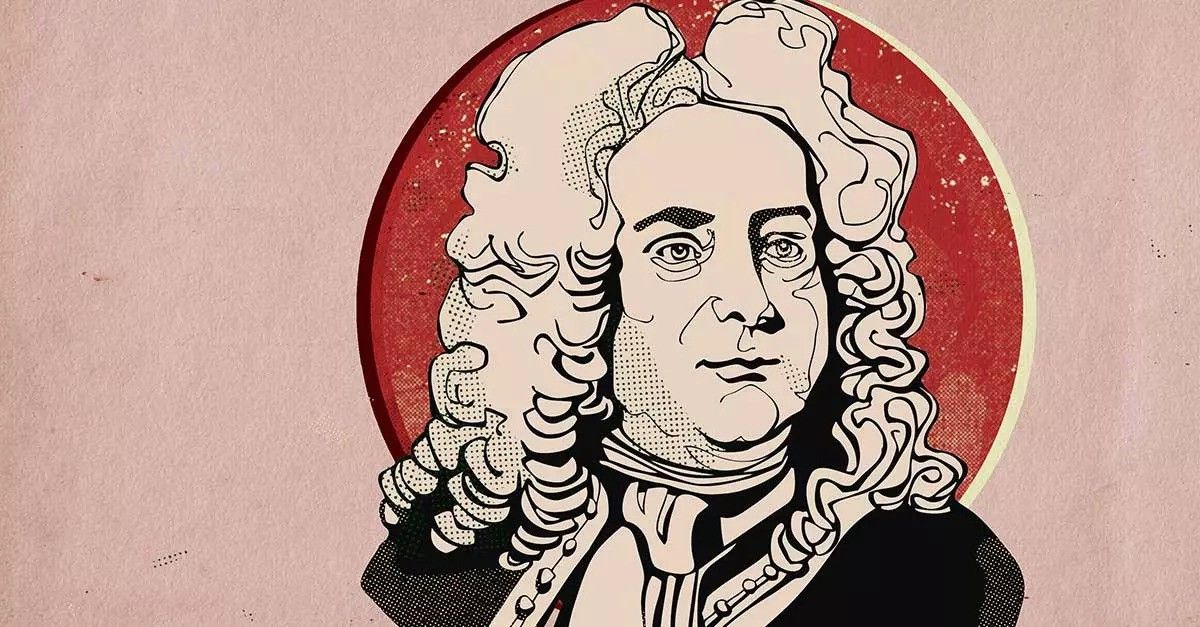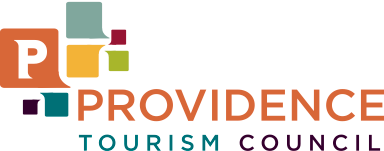THE STORY BEHIND: Copland’s Appalachian Spring
Share
THE STORY BEHIND: Copland’s Appalachian Spring

On February 14 & 15, cellist Johannes Moser will join Tania Miller, the Rhode Island Philharmonic Orchestra for a romantic Valentine’s Weekend program.
THE STORY BEHIND: Copland’s Appalachian Spring
Title: Appalachian Spring: Orchestral Suite
Composer: Aaron Copland (1900-1990)
Last time performed by the Rhode Island Philharmonic: February 25, 2012
Orchestration: The piece is scored for piccolo, two each of flutes, oboes, clarinets, bassoons, horns, trumpets and trombones, harp, piano, timpani, percussion and strings.
The Story:
By 1943, Aaron Copland had attained a considerable reputation as a ballet composer with Billy the Kid and Rodeo to his credit. Those works had also helped to establish him as an accessible composer of what many people considered to be the sound of American music, which evokes the vast American landscape and pioneer spirit. It was natural, then, that choreographer Martha Graham should come to Copland that year with a commission from the Elizabeth Sprague Coolidge Foundation and a scenario set in rural Pennsylvania of the early 19th century. Copland accepted the commission and completed the ballet the following spring.
The original version of Appalachian Spring (title from a poem by Hart Crane) was scored for only 13 instruments and premiered in Washington, D.C., alongside works by Hindemith and Milhaud in October 1944. Copland’s music was an immediate success, and the following May, Graham’s company danced it in New York. In 1945, Appalachian Spring won for Copland not only the New York Music Critics Circle Award for dramatic music that season, but also the Pulitzer Prize in music.
Copland arranged the ballet as a continuous suite for full orchestra, which the New York Philharmonic premiered in October 1945. That version, which preserves most of the music of the original ballet, is the form in which we usually hear Appalachian Spring today.
According to notes by Copland himself, there are eight distinct sections:
1. Very slowly. Introduction of the characters, one by one, in a suffused light.
2. Fast. Sudden burst of unison strings . . . starts the action.
3. Moderate. Duo for the Bride and her Intended—scene of tenderness and passion.
4. Quite fast. The revivalist and his flock. Folksy feelings—suggestions of square dances and country fiddlers.
5. Still faster. Solo dance of the Bride—presentiment of motherhood. Extremes of joy and fear and wonder.
6. Very slowly (as at first). Transition scenes reminiscent of the introduction.
7. Calm and flowing. Scenes of daily activity for the Bride and her Farmer- husband. There are five variations on a Shaker theme. The theme, sung by a solo clarinet, is called “Simple Gifts.”
8. Moderate. Coda. The Bride takes her place among her neighbors. . . . Muted strings intone a hushed, prayer-like passage. . . . The close is reminiscent of the opening music.
Program Notes by Dr. Michael Fink © 2019 ALL RIGHTS RESERVED









